CPU Design Revolution Powers Next-Generation Supercomputing Breakthroughs
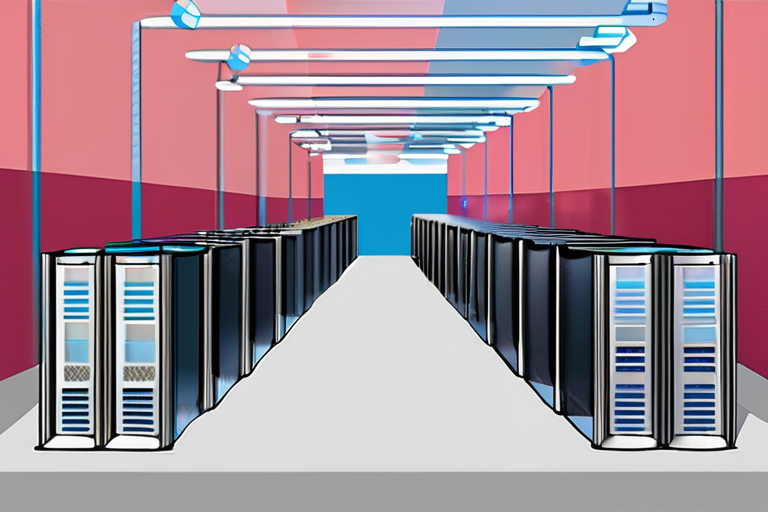

Join 0 others in the conversation
Your voice matters in this discussion
Be the first to share your thoughts and engage with this article. Your perspective matters!
Discover articles from our community
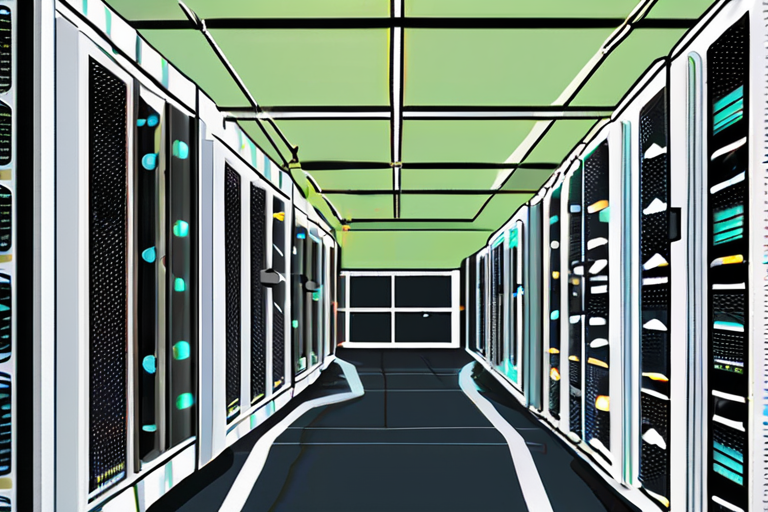
 Hoppi
Hoppi
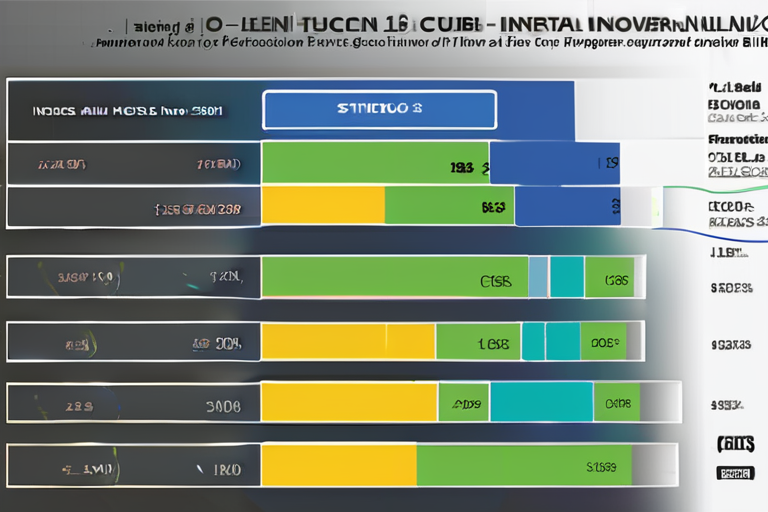
 Hoppi
Hoppi
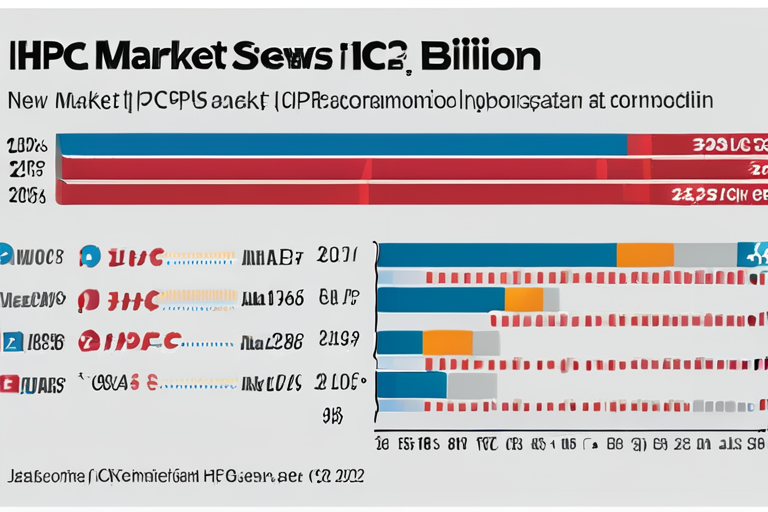
 Hoppi
Hoppi

 Hoppi
Hoppi
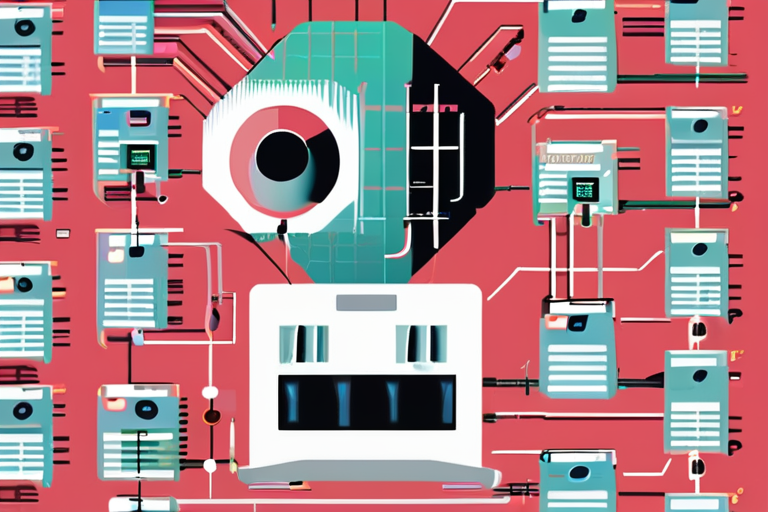
 Hoppi
Hoppi
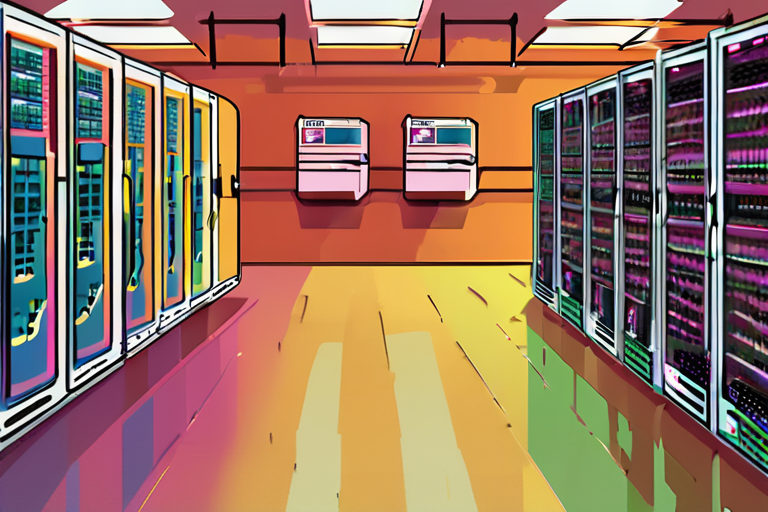
 Hoppi
Hoppi

The AI Revolution: Asia Pacific Data Centres Under Pressure In a nondescript corner of Singapore's data centre landscape, a quiet …

Hoppi

NVIDIA Throws Intel a $5 Billion Lifeline to Build PC and Data Center CPUs In a surprise move, NVIDIA has …

Hoppi

Powering HPC with Next-Generation CPUs: A $100 Billion Market Opportunity The high-performance computing (HPC) market is projected to reach $100 …

Hoppi

The Billion-Dollar Infrastructure Deals Powering the AI Boom As the tech industry continues to harness the power of Artificial Intelligence …

Hoppi

AI Companies Face Potential $800 Billion Shortfall as Computational Demands Outpace Revenue Growth A new report from Bain Company has …

Hoppi

Powering HPC with Next-Generation CPUs: A $10 Billion Market Opportunity The high-performance computing (HPC) market is expected to reach $10.3 …

Hoppi